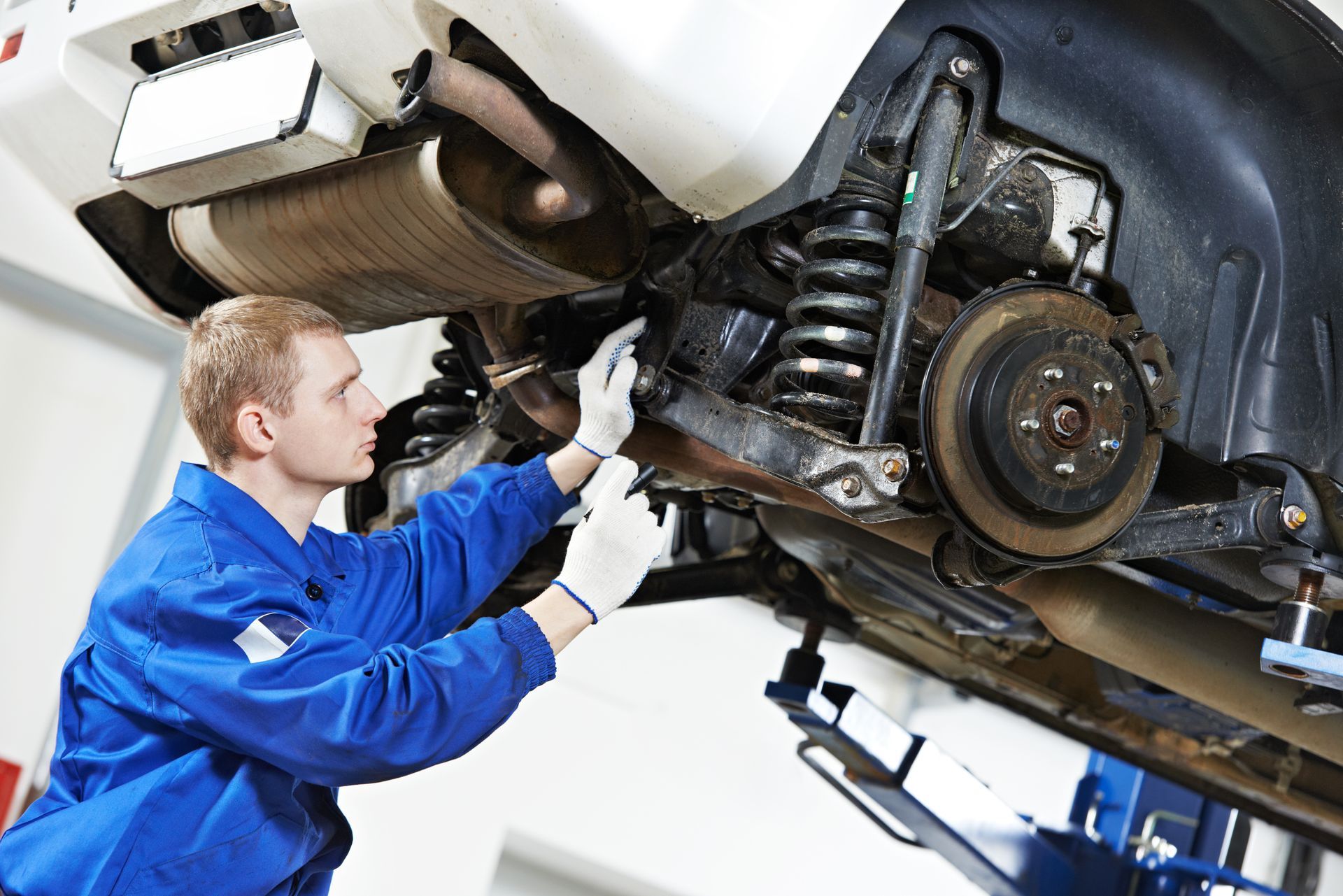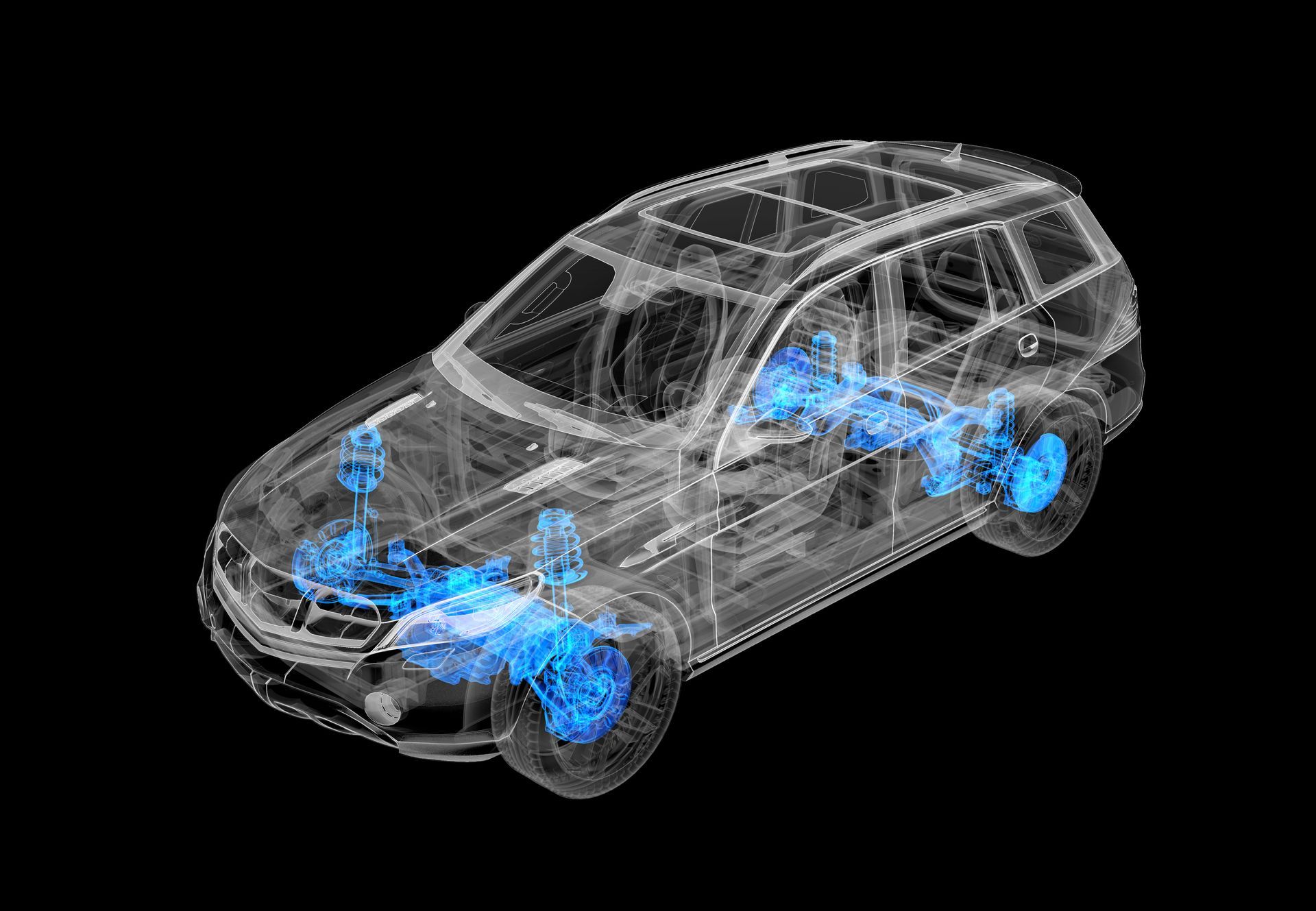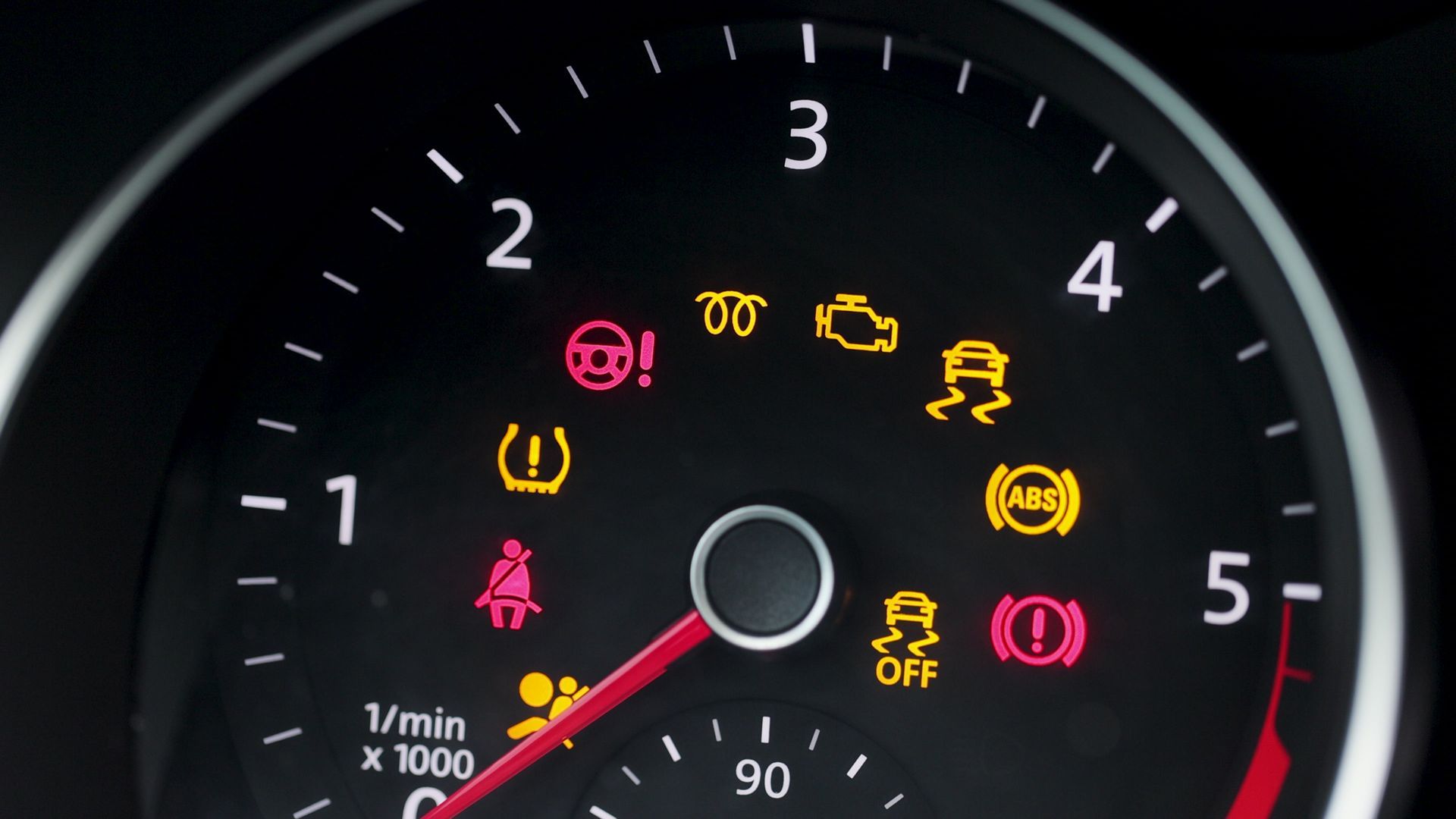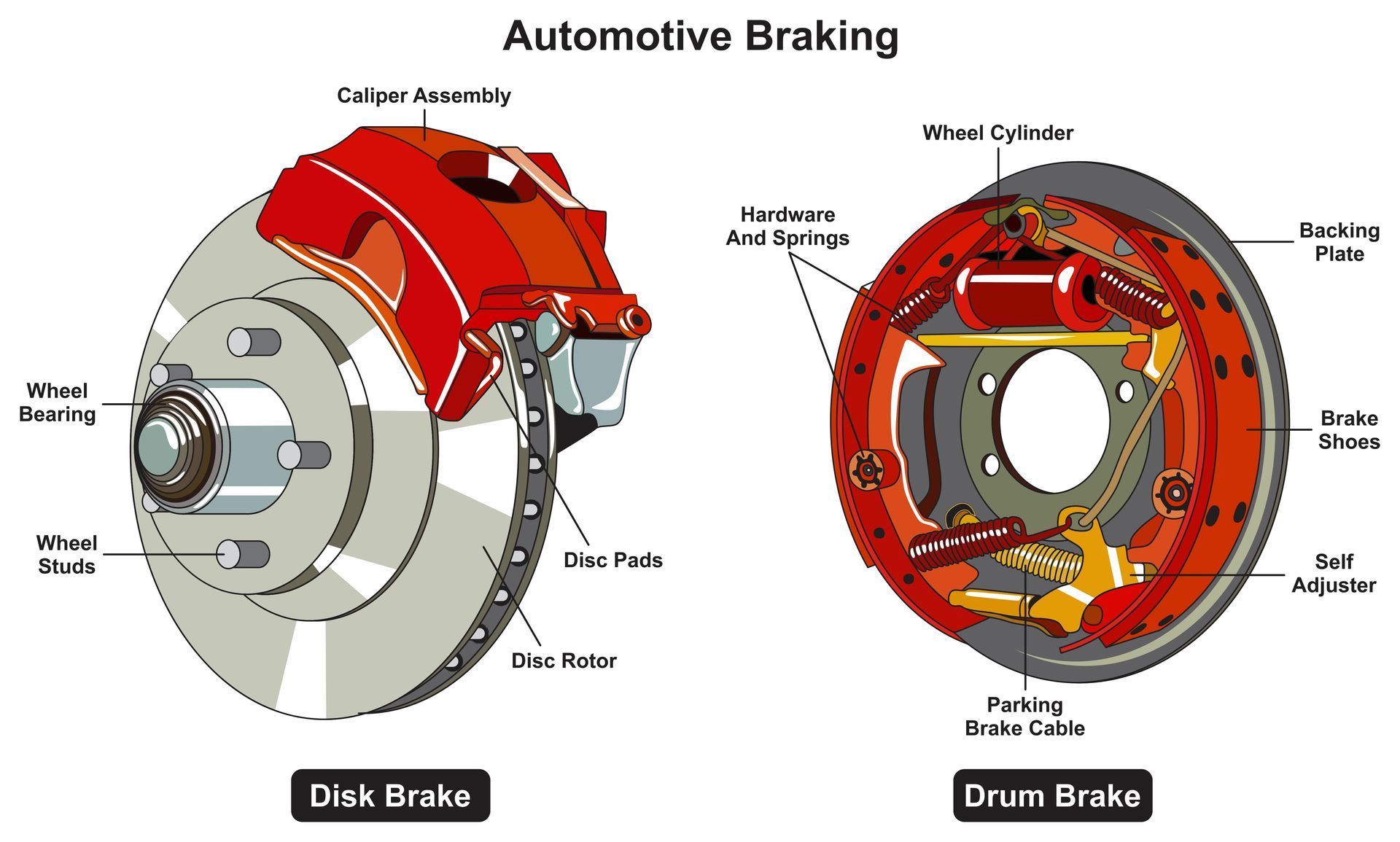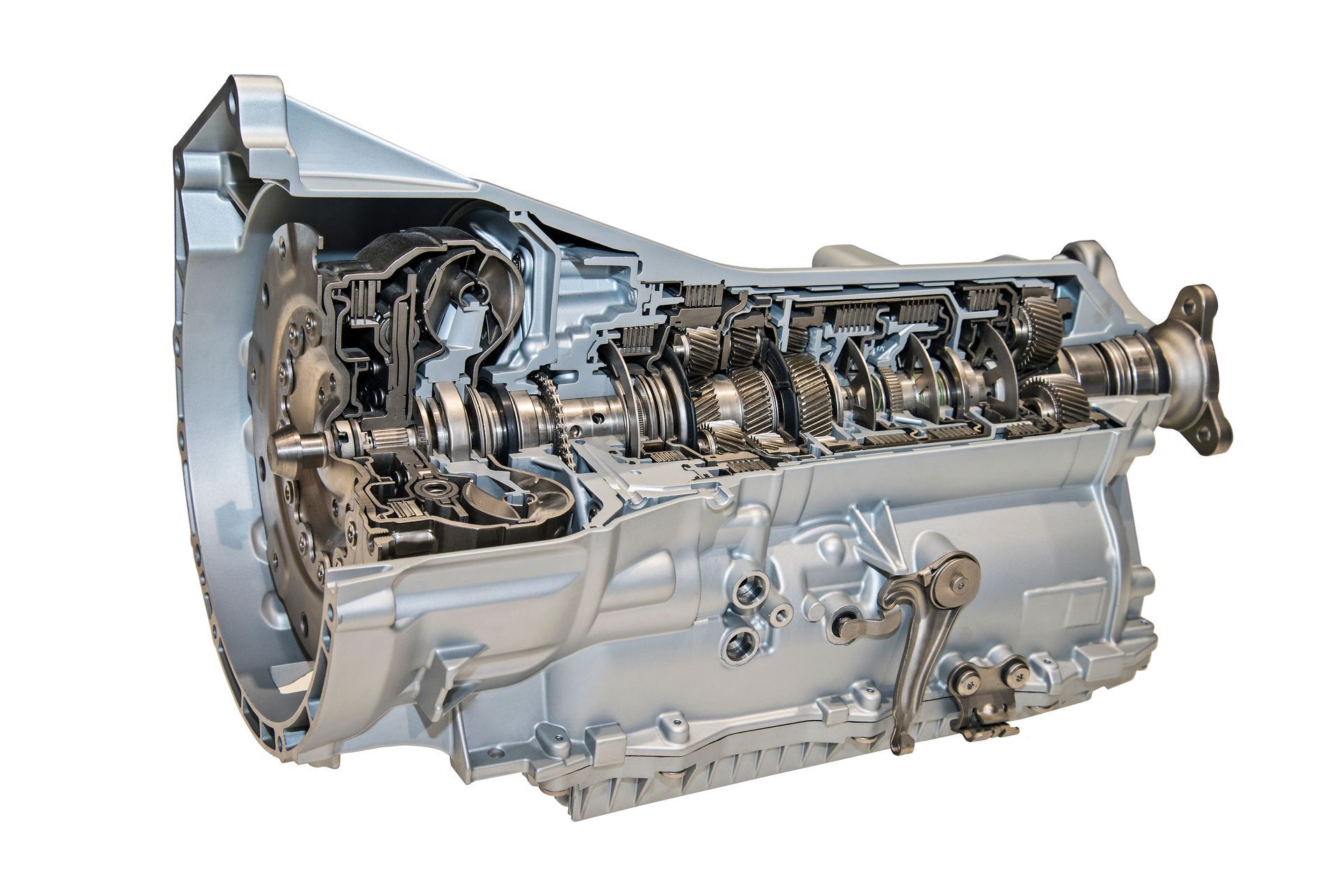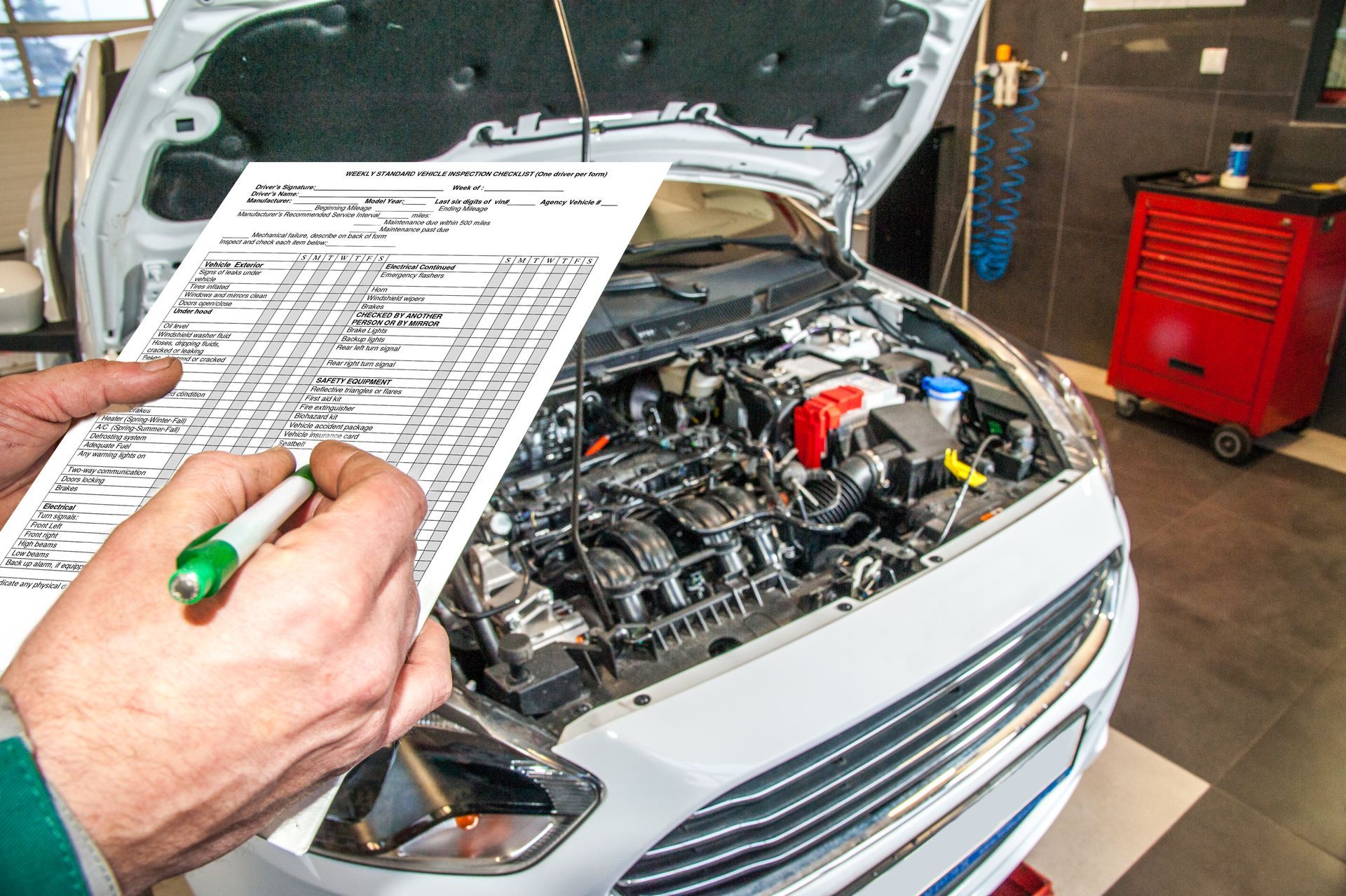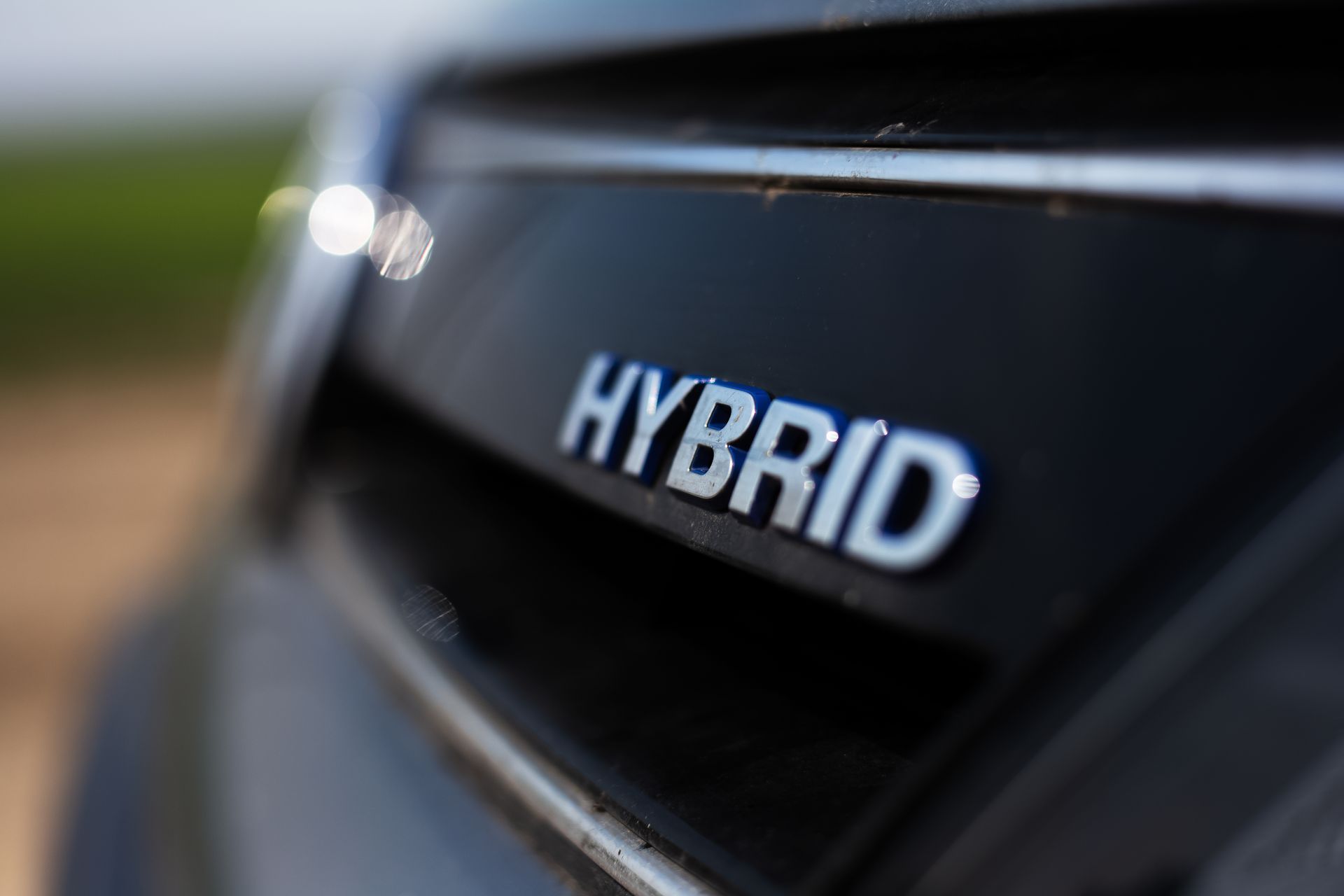When it comes to tackling challenging road conditions, 4x4 and AWD systems are game changers. Whether you're navigating rough terrain, dealing with snowy streets, or just looking for extra traction, these systems can make a big difference in how your vehicle performs. But how do they actually work, and what sets them apart? Understanding the ins and outs of these drivetrain options can help you make informed decisions about maintenance and repairs.
4x4 Systems
A 4x4 system, also known as four-wheel drive, is typically found in trucks and off-road SUVs built for rugged conditions. This setup allows power to be distributed to all four wheels simultaneously, providing extra grip when needed. Most 4x4 vehicles use a transfer case to split power between the front and rear axles, which helps in situations where traction is limited, such as mud, sand, or snow.
One key feature of 4x4 systems is the ability to switch between two-wheel and four-wheel drive. Many vehicles offer selectable modes, such as high-range and low-range settings. High-range is useful for everyday driving in slippery conditions, while low-range is designed for more extreme off-road challenges, delivering increased torque at lower speeds to handle steep inclines and rough terrain.
However, while a 4x4 system provides excellent traction and power, it’s not meant for constant use on dry pavement. Engaging four-wheel drive on hard surfaces can lead to drivetrain stress and premature wear on components like the transfer case, differentials, and tires.
How AWD Systems Work
All-wheel drive (AWD) operates differently from traditional 4x4 systems, providing continuous power to all four wheels without the need for driver intervention. This system is commonly found in modern SUVs, crossovers, and even some sedans, offering enhanced stability and traction in varying road conditions.
Unlike 4x4 setups, AWD systems use electronic sensors and advanced control units to automatically distribute power where it’s needed most. If one wheel starts to slip, the system redirects torque to the wheels with better grip, ensuring a balanced and controlled driving experience. This makes AWD ideal for everyday driving in unpredictable weather, such as rain or light snow, without the need to manually switch modes.
Many AWD vehicles rely on different types of drivetrain configurations, such as full-time and part-time AWD. Full-time systems constantly send power to all four wheels, whereas part-time AWD engages only when slippage is detected, improving fuel efficiency when extra traction isn’t necessary.
Key Differences Between 4x4 and AWD
While both systems improve traction and control, they serve different purposes and are built for distinct driving conditions. 4x4 systems excel in off-road adventures and extreme terrains, offering powerful torque and manual control. On the other hand, AWD is more practical for everyday driving, automatically adapting to changing conditions without driver input.
Another important distinction is how power is distributed. In 4x4 systems, power is evenly split between the front and rear axles, making it ideal for slow, challenging terrains. AWD systems, however, provide variable power distribution, sending torque to individual wheels based on traction needs, which is more suited for on-road driving in slippery conditions.
Maintenance requirements also vary between the two. AWD systems tend to have more complex components, such as electronic control units and multi-plate clutches, which require periodic inspections and fluid changes. 4x4 systems, with their transfer cases and locking differentials, need regular servicing to prevent wear and tear, especially if used frequently for off-road activities.
Common Issues and Maintenance Tips
Both 4x4 and AWD systems require routine maintenance to stay reliable. Some common issues include fluid leaks, worn differentials, and sensor malfunctions. For 4x4 vehicles, it's crucial to check the transfer case fluid regularly and ensure the locking hubs are functioning properly. AWD systems, on the other hand, may require periodic calibration of electronic sensors and differential fluid replacements to maintain performance.
Regular tire maintenance is also essential, as mismatched tire sizes or uneven tread wear can strain the drivetrain, leading to unnecessary wear on components. Sticking to the manufacturer's recommended service intervals can help avoid costly repairs and keep your system operating efficiently.
If you're experiencing strange noises, difficulty engaging four-wheel drive, or inconsistent traction in your AWD system, it's a good idea to have it checked by a professional to prevent further damage.
When to Seek Professional Help
Whether you own a 4x4 truck or an AWD crossover, keeping your drivetrain in top shape is essential for reliable performance. If you're noticing unusual handling, loss of traction, or warning lights related to the drivetrain, it’s time for a professional inspection.
Keep your 4x4 or AWD performing at its best. Schedule an inspection today at
Auto Smart in Wichita, KS, and ensure your vehicle is road-ready.

